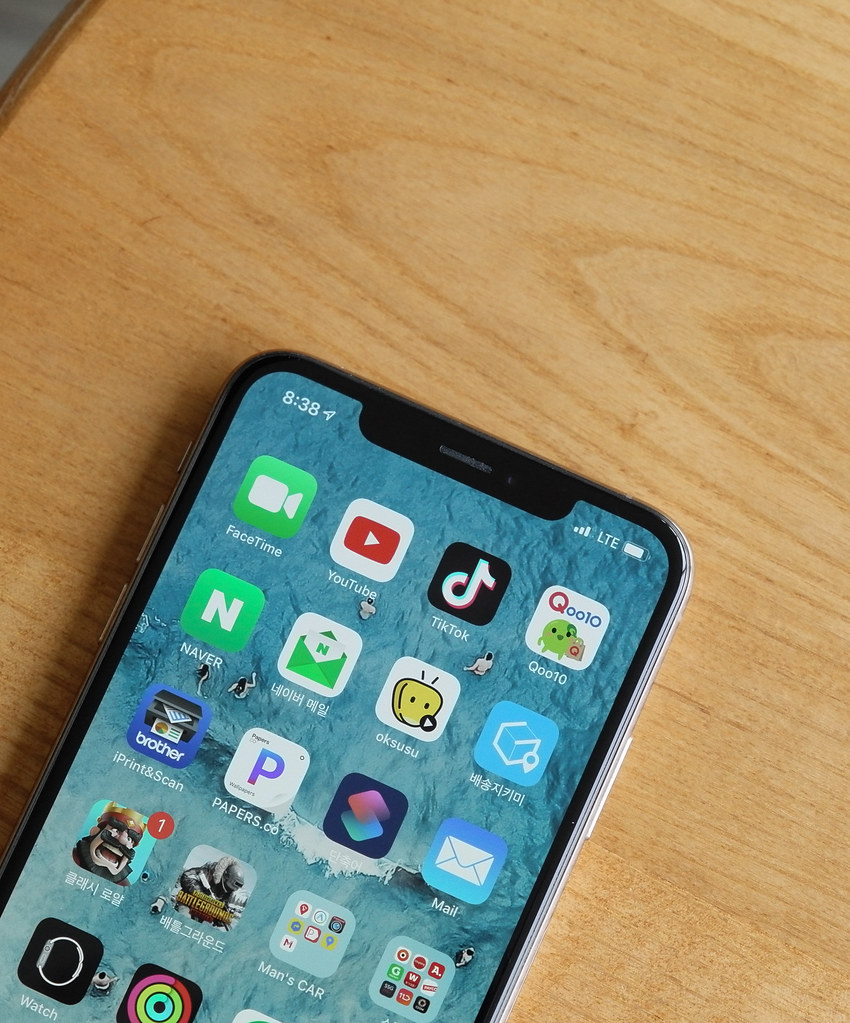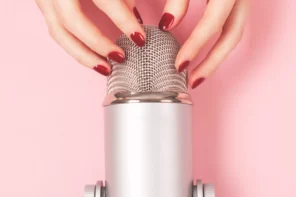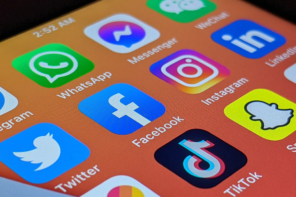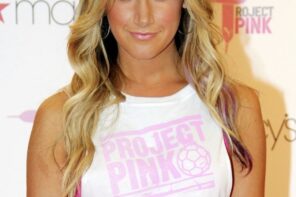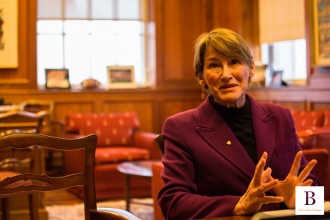Apps like TikTok and YouTube have become crucial in redefining societal standards of beauty. However, increased access to fast-paced media has led to the normalisation of sexualising underaged girls. With modern portrayals of adult life (be it in movies, adverts, or magazines) being entirely focused on sex and desire, young, impressionable, girls are being exposed to hypersexualised narratives of beauty and adulthood. This leaves them equating maturity and beauty with sexuality and incentivises them to sexualise their bodies both in real life and on social media in a bid to appear more grown-up.
Social media apps –– specifically TikTok –– have become the perfect content-sharing platform for younger girls. Accounts like those of Elliana Walmsley, Piper Rockelle, and Jenny Popach (aged 14 to 15) have garnered millions of followers over the past year. Their content often follows the current trends circulating on social media. However, not all trends on TikTok are appropriate for children. Some discuss mature topics, and some are sexually suggestive. While these trends aren’t an issue when confined to the adult sphere, they are problematic when younger social media personalities try to emulate that sexual behaviour. While they want to be perceived as mature, these young girls lack the emotional maturity to understand the implications of producing such content. In participating in trends that aren’t geared to younger audiences, they are skipping important developmental steps, and essentially lack the experience and maturity gained when transitioning from childhood to adulthood. Therefore, this isn’t an issue regarding what is socially acceptable for young girls to do and wear on social media. Rather, it highlights how young girls have resorted to hypersexualising themselves without necessarily grasping the psychological and social effects that doing so will have on themselves and their audience.
While they want to be perceived as mature, these young girls lack the emotional maturity to understand the implications of producing such content.
With YouTube and TikTok allowing the monetization of content, there is now an even bigger incentive to remain relevant and attractive online. Although the target audience for TikTok-ers like Elliana Walmsley tends to be girls aged 10 to 15, they manage to gain viewer engagement from other age demographics by using clickbait titles and thumbnails that generate shock value. We’ve seen it be done by Youtubers like David Dobrik and we’re seeing it happen with this new generation of social media personalities. With video titles like “OMG… A Baby!!” and “Hinting To My ExBoyfriend That I want To get Back TOGETHER…”, it’s no wonder these girls are receiving millions of views.
What is surprising is the extent to which their parents support, and in some cases encourage, the content they are putting out. These girls aren’t posting TikToks and YouTube videos behind their parents’ backs –– their parents are involved in the content they’re creating, be it by participating in videos or organising things behind the scenes. Not only are young girls being pressured to sexualise their bodies due to societal expectations, but those expectations are also being reinforced by their parents.
In addition, by sexualising themselves, young girls are also objectifying themselves because their content invites people to view them as sexual objects rather than independent human beings. This constant sexualisation and objectification have negative effects on both the girls and their audiences. According to the American Psychological Association, the sexualisation of girls is correlated with difficulty developing a “healthy sexual self-image” and increased mental health issues such as depression and eating disorders. Moreover, their content embodies and projects society standards of beauty onto their audiences –– usually young girls ages 10-15 –– which further perpetuates body and self-confidence issues. Young girls who internalise this content skip a fundamental step in their socioemotional development by trying to emulate womanhood, consequently becoming at risk of developing mental health issues and warped notions of sexuality.
Young girls who internalise this content skip a fundamental step in their socioemotional development by trying to emulate womanhood, consequently becoming at risk of developing mental health issues and warped notions of sexuality.
Whilst the hypersexualisation of girls is not a new topic of discussion, the rise of young social media personalities has greatly normalised and facilitated access to sexually suggestive content, particularly of underage girls. Setting up a TikTok or YouTube account is so simple –– all you really need is an email address –– that it has become practically impossible to regulate who views and likes content on the apps. With little to no safeguards in place for younger content creators and grooming rates at an all-time high, the sexualisation of underaged girls not only carries psychological threats, but the threat of physical and sexual danger.
It is important to note that younger girls cannot be blamed for their hypersexualisation on social media platforms (and by consequence, the viewers they are attracting). Instead, parents should be responsible not only for what their children are posting, but also for making sure they are not putting their daughters in a position that ultimately sexually exploits and objectifies them.

